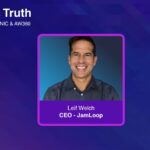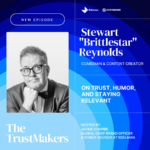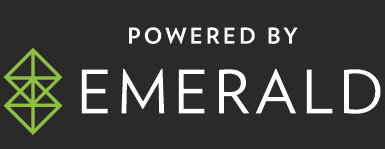By Filippo Gramigna, CEO at Onetag
Every major shift in ad tech triggers a race for control. The rise of artificial intelligence is no different. This time, the prize is data.
As AI becomes the foundation of ad targeting and measurement, companies are racing to secure high-quality first-party data by way of mergers, acquisitions, and partnerships. Owning that data promises protection in a market defined by signal loss and, increasingly, by automation.
Tom Triscari recently described this dynamic through the lens of agencies rather than platforms as a world divided between “landowners” and “farmers.” Landowners control the data that yields results, while farmers rent access to it and operate under someone else’s rules. The same logic applies to how agencies compete today. Those that own or control high-quality data enjoy greater leverage and stability, while those dependent on walled gardens remain constrained by their terms.
That’s where open ad tech changes the equation. It gives agencies and independents a way to build value on their own land, thereby accessing performance, transparency, and data ownership without the confines of closed ecosystems.
From renting to owning
For much of digital advertising’s history, agencies have been forced to rent space within those walled gardens. Platforms like Google, Meta, and Amazon owned the audience relationships and closed-loop measurement systems that powered campaigns. Everyone else paid rent via technology fees, restricted access, or limited transparency.
AI has underlined and accelerated the need to move beyond these dependencies. Machine learning depends on scale, accuracy, and consent. At the same time, third-party cookies are vanishing, privacy regulation is expanding, and fragmented identity solutions are undermining efficiency. In the process, first-party data has become a prized durable driver of performance.
Owning these relationships isn’t just a defensive strategy, however. It determines who will remain relevant as AI takes over more and more of the media-buying process.
The new wave of M&As
This shift is already visible across the industry. Agencies and platforms are buying data infrastructure to regain what eMarketer calls “data sovereignty.” Publicis’ acquisition of Lotame, WPP’s purchase of InfoSum, and IPG’s deal for Intelligence Node each aim to rebuild control over audience intelligence and commerce data. These aren’t mere technology buys; they’re data buys.
The same pattern can be seen in ad tech. Braze recently acquired OfferFit, Rokt merged with mParticle, and Magnite invested in AI tools for CTV. Atlas Technology’s Brian Andersen, who advised on several of these transactions, notes that AI models depend on strong data platforms. Without them, even the most sophisticated algorithms underperform.
At the end of the M&A tunnel, nearly half of CMOs are now enriching their first-party data with identity solutions. In practice, this means that nearly every part of the advertising value chain (e.g., agencies, publishers, data providers, and AI platforms) is trying to own its own land.
The costs of consolidation
Owning the land makes sense in an uncertain environment. Yet every land grab changes the landscape: as each company builds its own proprietary data environment, the open internet risks becoming a patchwork of semi-closed ecosystems.
For advertisers, this can mean fewer interoperable partners and higher costs for access. For publishers, it may lead to less independence as data-rich buyers and intermediaries absorb inventory supply. And for consumers, it might decrease diversity in content and transparency about how their information is being used.
The industry has spent years criticizing Big Tech for its walled gardens. However, if the next generation of data owners repeat the pattern on a smaller scale, the result will be the same: a concentration of power at the expense of the benefits provided by the open internet.
A different way to own
Consolidation isn’t the only problem. The challenge is how ownership is managed. For example, data can be secure without being isolated, and can be shared responsibly without sacrificing control.
Privacy-safe clean rooms, interoperable IDs, and transparent data collaboration frameworks offer just a handful of examples of how ownership and openness can coexist. These systems enable advertisers to connect and measure across partners while respecting user consent and publisher integrity. They keep competition alive without reverting to the inefficiencies of the past.
Ownership in ad tech also comes with responsibility. Companies that collect data should be clear about how it trains their AI systems, how it drives value for clients, and how it benefits the wider ecosystem that supplies it. Transparency will mark the difference between those who build trust with data and those who erode it.
A more open data landscape
Data will remain the only durable asset in advertising. But owning is not enough. As with actual land, data holds value only if it is cultivated carefully. Maintaining quality, transparency, and accessibility will sustain long-term growth.
The companies that succeed in the AI era will be those that balance ownership with openness, treating first-party data not as a moat, but as infrastructure for a more transparent, connected internet.
The data rush is already under way. The question now is whether ad tech will use this moment to rebuild the same walls it once tried to dismantle, or to create something more open, sustainable, and fair.











